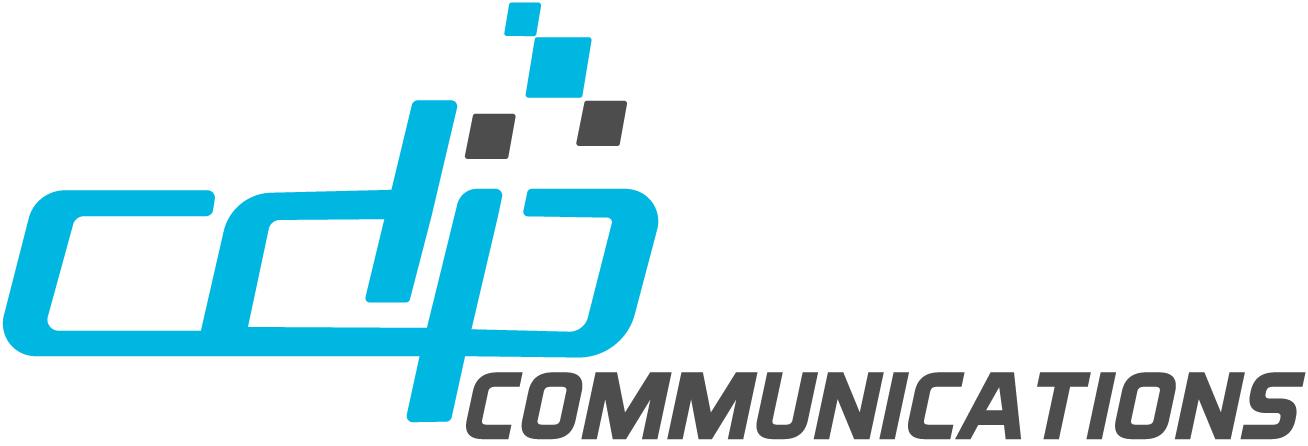Making digital and public-facing documents and platforms accessible creates remarkable business advantages. Today, we are all more connected whether through, digital transactional documents, websites, social media and other online platforms. And thanks to the digital connections we make in the modern world, our reach and business potential are magnified. No matter the message, no matter the medium, accessibility is now crucial.
Businesses that fail to meaningfully address digital accessibility do so at their peril. It can lead to legal difficulties and simultaneously disconnect a business from a large portion of its existing and potential customers. But curiously, many organizations still don’t understand the value of making digital and public-facing platforms and documents accessible and compliant. In some cases, it’s placed in the “we’ll get around to it” category. In others, there is simply a lack of awareness.
You don’t know what you don’t know certainly rings true in many companies when it comes to Accessibility, but this won’t serve clients and potential customers well. (Just ask the handful of major airlines that are in an uncomfortable spotlight at the moment). Nor will it shield anyone from the cost and pain that can occur when legal action is at the front door.
Create a Business Case
In many organizations, to push things forward and move the proverbial needle, Accessibility requires a champion. If you need to champion this cause within your organization, there are ways to promote a convincing business case for digital accessibility.
Brand, Reputation, and Social Responsibility
Consumers today are interested in doing business with companies that match well with their very own ethics and beliefs. Accessible websites and digital documents quickly and readily demonstrate a company’s commitment to social responsibility. This sends a message of inclusivity and equality. It creates a palpable brand boost, bolstering a company’s reach and reputation. In a market crowded with seemingly endless options, and where price alone isn’t the only factor, organizations can ‘cut through the noise’ and gain access to a market that awards their business to brands that are listening to and catering to their needs effectively.
Minimizing Legal Risk
Accessibility lawsuits related to the Americans with Disabilities Act (ADA) are on the rise. Organizations in every category across every vertical find themselves caught in an uncomfortable spotlight, often with their brands and reputations on the line. No organization says “Hey, sign us up for some expensive legal trouble”. That’s why it makes great business sense to proactively invest in digital and document accessibility. But on the Risk side of things, it can definitely serve to keep companies safe from potential lawsuits. Compliance teams that don’t have Accessibility on their radar need to think twice. Quality Assurance and IT teams that aren’t cognizant of the very real necessities around Accessibility also need to take note.
Widening your Addressable Market & Growing your Audience
According to the World Health Organization (WHO), over a billion people live with some form of disability. That’s approximately 15% of the global population. Some would argue that the number is even greater. And certainly, with an aging population globally, those numbers are on the rise. Not making your digital assets accessible, you potentially exclude an enormous segment of the total market. And it wouldn’t hurt to remember that accessibility improvements also benefit those who face temporary impairments as well.
Improved ROI, Improved Usability, and Improved SEO
When you improve a website’s accessibility, you simultaneously improve user experience. Simplified navigation, the availability of transcripts, and thoughtful colour contrasts ensure that your website is simpler to use and navigate. It also works wonders in reducing bounce rates and increasing time spent on your platform. It is also well worth mentioning that accessible websites are often more SEO-friendly. Improved rankings create a very positive domino effect: It brings with it higher visibility which, leads to increased sales and improved consumer engagement.
Futureproofing & Innovation
Newer tech is paving the way for a more accessible digital landscape. AI is of course a growing part of that conversation. Companies are always looking for advantages and new ways to be seen as a Brand that is innovative, forward-thinking, and socially conscious. That said, accessible design always means better, more usable products. Innovation for most brands can be best fostered by being inclusive.
Strategy and Next Steps
Get onto the starting line by beginning with a Digital Accessibility Audit. This will inform you of your current state and can act as a roadmap. This must happen before proposing any changes toward making digital and public-facing platforms and documents accessible. You’ve heard the old expression, “measure twice, cut once.” Using tools and consultants to assess the accessibility of your digital assets as they are today will help illuminate where the ‘low-hanging fruit’ is, and what small changes you can make today to have the broadest positive effect. It can also highlight which tasks can be handled in-house, and which you may wish to use consultants or technical experts.
Invoke Stakeholders
When it comes to the success of any project, the buy-in of stakeholders is imperative. While the people in Marketing and Communications may seem a great place to start, and natural allies, don’t stop there. IT will have a stake in the matter. Human Resources and DEI folks will be key players. Your executive suite will need to meaningfully engage in this too.
Create a Roadmap
Create a step-by-step plan for implementing changes, ideally, one that aligns with any broader digital transformation initiatives.
Define a Budget and Align Resources
Clearly define the financial and human resources needed to put the roadmap onto the starting line, in play and on track.
Measure Your Progress and Celebrate Success
Detail and measure success with metrics. Defined KPI’s might include SEO, reduction in risk, higher compliance, or even metrics around consumer engagement with your brand. Reporting generated with automated scans, periodic manual audits as well as feedback from users of assistive technology can also serve to show where you’ve made meaningful improvements, and indeed where there is still room for improvement. Build your forward-looking roadmap and checklists based on these results. Don’t forget to celebrate successes along the way, and congratulate those who are playing a pivotal role while your initiatives progress.
Monitor and Make Necessary Changes
Accessibility is rarely a one-off, and very seldom a ‘one-and-done’ exercise. Once changes are made, it is important to cyclically review and keep going. Remember: Websites and digital documents get content added to them all the time, and nothing stays the same forever. Changes made can have a ripple effect on the accessibility of any digital platform, website, or enterprise document. Keeping a regular eye on things will help keep things on track. See it perhaps as a regularly scheduled temperature check.
In Summary
Digital accessibility serves everyone. That is why it’s not just an issue of compliance, or simply a matter of avoiding legal risk. It is best to see it through a more positive scope. What better way to create a significant competitive advantage? Every company wants to future-proof and drive innovation. This is a great way to achieve it. And in doing so, it promotes the Brand and bolsters reputation, securing positive customer sentiment. Building a business case for Accessibility is a noble cause and an excellent strategy for any business.
CDP Communications can help. With powerful approaches that combine manual and automated audits and reporting, toolsets and software, support, training and solutions for digital and document accessibility, CDP has your back every step of the way when it comes to your public-facing platforms and documents.
Frequently Asked Questions (FAQs)
Q: Is digital and document accessibility only about compliance with laws?
A: No, it goes beyond legal obligations; it’s about creating an inclusive online space. Making platforms and documents accessible carries with it positive commercial and societal benefits.
Q: How does web accessibility impact SEO rankings?
A: Digital Accessibility practices contribute to improved SEO, expanding online visibility.
Q: Can small businesses afford the cost of web accessibility auditing?
A: Costs vary, but investing in accessibility is an investment in the business’s future. Doing nothing or using a ‘wait-and-see’ approach is no longer an option.




